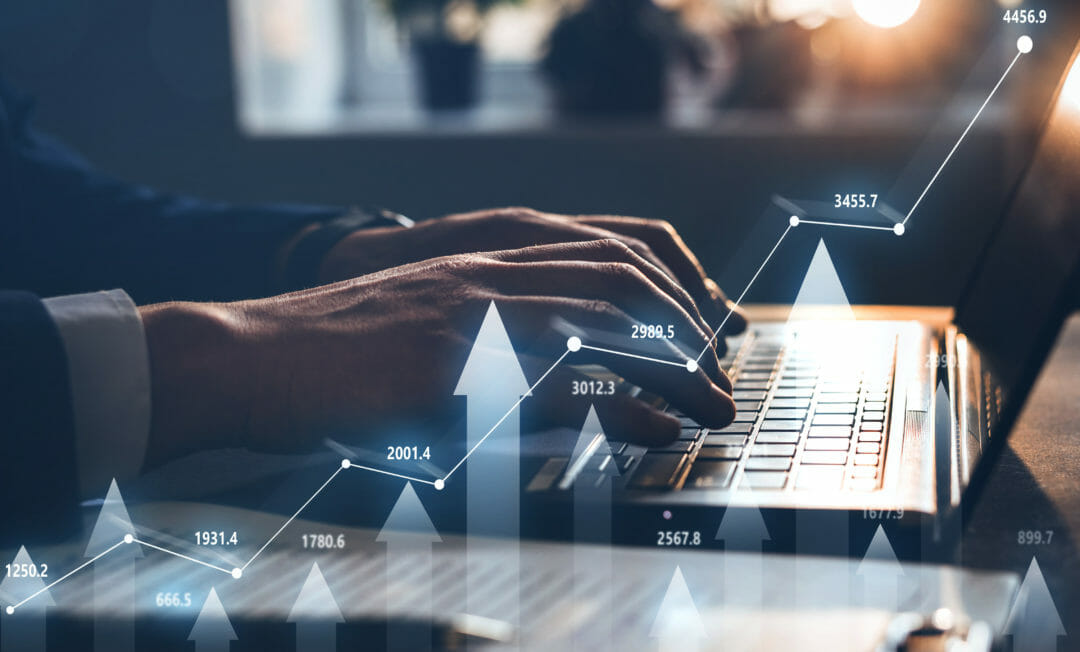This global rise in technology purchasing activity in Q4 2020 followed a fall of 9% in Q2 , and meant that activity for the sector is up 7% against pre-pandemic activity levels.
Tradeshift’s analysis of digitised invoicing and ordering data shows retail leading the way in Q4, with the industry reporting transaction growth of 34%.
Country-by-country analysis shows a particularly strong year for tech activity in the US, where the number of transactions between buyers and suppliers jumped 29% in Q4, double the rate of growth seen globally during the period.
The Eurozone also showed convincing figures in this area, with trade activity seeing a 22% increase in Q4, compared to Q3. The UK, however, saw activity continue to struggle, with transaction volumes across the region growing just 7% quarter-on-quarter, and remaining well below the levels seen before the pandemic.
A significant drop in activity during Q2, together with a weak recovery, meant that UK trade activity finished the year 36% below the pre-Covid level in March 2020.
While trade activity in Western economies only recently showed signs of returning to growth, businesses in China were revealed to have been operating at near-normal capacity since April 2020, with cumulative transaction volume growth since Q2 standing at 118% at the end of 2020.
The latest data from Tradeshift also suggests that the news of a vaccine roll-out in December prompted organisations to go ahead with purchasing decisions, which may have previously been delayed or cancelled.
IT professionals no longer primary decision-makers for tech purchases — LinkedIn research
Christian Lanng, CEO of Tradeshift, said: “A lot of businesses claimed to be fully digital before the pandemic.
“They found out pretty quickly that what they actually had was a veneer of digital interfaces covering 30 years of accumulated business crust and manual processes.
“We’re starting to see IT decision-makers moving beyond business continuity thinking and towards a strategic view of what they will need to do in order to build long-term resilience.”
Tradeshift’s Index of Global Trade Health analyses purchase order and invoicing activity between over 1.5 million buyers and suppliers across the world. The full findings can be found here.







